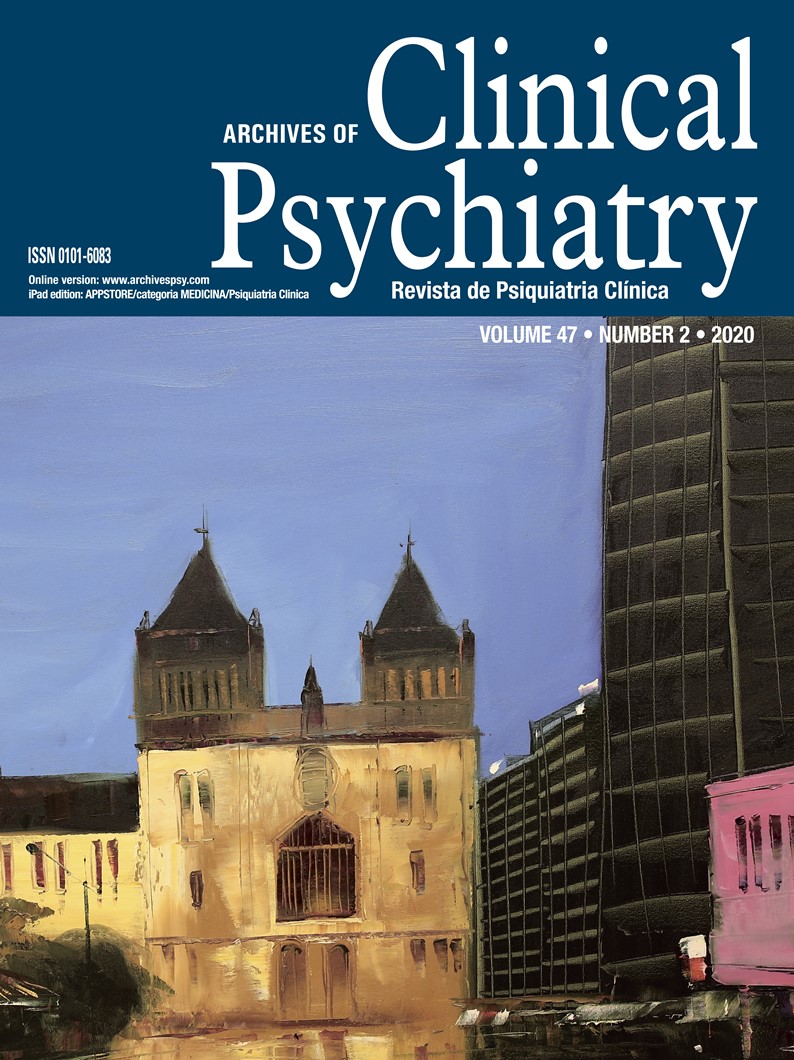An analytical study of iboga alkaloids contained in Tabernanthe iboga-derived products offered by ibogaine treatment providers
DOI:
https://doi.org/10.1590/0101-60830000000231Keywords:
Tabernanthe iboga, ibogaine, sample analysis, addiction treatment, harm reductionAbstract
Therapeutic properties of ibogaine in the treatment of addiction are attracting both clinicians and patients to its use. Since ibogaine is not an authorized medicine, the quality of these products is not always known, increasing the probability of adverse reactions. Objective: This study collects different types of iboga-derived samples from treatment providers, vendors and online buyers to analyse their content. Methods: Analysis of iboga products (n = 16) was performed using gas chromatography and mass spectrometry methods (GC/MS). Products included Iboga root bark, Total Alkaloids (TA), Purified Total Alkaloids (PTA HCl), ibogaine hydrochloride (ibogaine HCl) and one Voacanga africana root bark. Results: The content of ibogaine was highly variable, ranging from 0.6% to 11.2% for products sold as iboga root bark, from 8.2% to 32.9% for products sold as TA, 73.7% for one sample sold as PTA and from 61.5% to 73.4% for products sold as ibogaine HCl. One sample did not show any iboga alkaloids. Other alkaloids and unknown substances were found in almost all samples. Discussion: The purity of iboga products is highly variable. These results should be taken into consideration by suppliers and users, especially regarding correct dosing to avoid overdose, as well as potential interactions with other substances.
Downloads
Downloads
Published
Issue
Section
License
Once accepted for publication, the manuscript becomes permanent property of the Archives of Clinical Psychiatry. This copyright transfer subsumes exclusive and unlimited entitlement of the Archives of Clinical Psychiatry to publish and distribute the full contents of articles in whichever publishing medium, including press and electronic media, in Brazil and abroad.
Manuscripts are accepted with the understanding that the Editor and the editorial staff have the right to make revisions aimed at greater conciseness, clarity, and conformity with Journal style, of course without changing its content.


